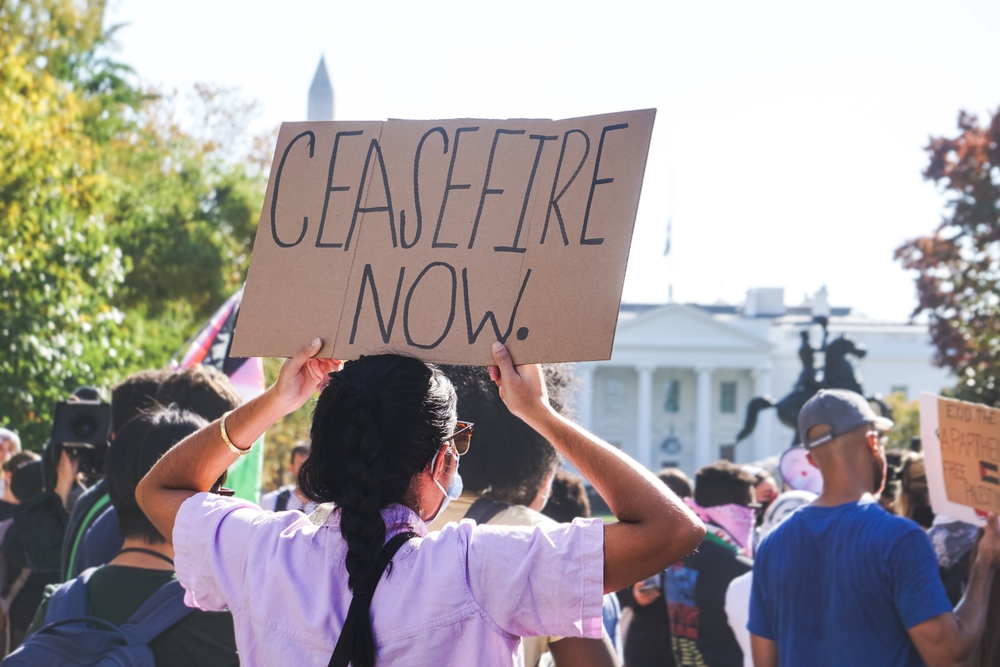The recent Israel-Hamas ceasefire marks a significant but fragile milestone in one of the region’s most tumultuous conflicts. Israeli forces have withdrawn to the edges of Gaza, the first hostages have been freed, and displaced Palestinians are returning to what remains of their homes. Despite these promising developments, the deal’s longevity hinges on overcoming significant challenges in the weeks ahead.
Initial Steps: Israeli Troops Withdraw and Civilians Return
As part of the ceasefire’s initial phase, Israeli troops have moved to a 700-meter-wide buffer zone along Gaza’s borders. This withdrawal has allowed many Palestinians to begin returning to their homes, though the extent of destruction complicates their return. “Israel will allow displaced Palestinians to return to the north without searches, but only on foot via the coastal road,” an appendix to the ceasefire agreement reveals.
To prevent weapons from reaching northern Gaza, Israel has stipulated that vehicles will undergo inspections by a private company. Although slated to begin this Saturday, the logistics of this process remain unclear. These stipulations highlight Israel’s continued concerns over security and the potential resurgence of Hamas’s military capabilities.
Exchanging Hostages and Prisoners
Central to the agreement is the exchange of hostages held by Hamas for Palestinian prisoners in Israeli custody. During the first phase, Hamas will release 33 hostages, including women, children, and elderly individuals. In exchange, Israel will free hundreds of Palestinian prisoners, many of whom are serving life sentences.
By the end of the initial 42-day ceasefire period, all women, children, and older hostages should be released, although some male hostages and soldiers will remain in captivity. An Israeli official explained, “If a Phase 2 deal aligns with Israel’s objectives, such as dismantling Hamas, additional negotiations may follow.” However, the process remains fraught with uncertainty, with the potential for renewed violence looming over every step.
The Philadelphi Corridor and Rafah Crossing
The Philadelphi corridor, a narrow strip along Gaza’s border with Egypt, remains a contentious area. Israel has agreed to reduce its presence in the corridor and withdraw entirely by Day 50. However, this pledge is contingent upon the successful release of female hostages and ongoing negotiations with Hamas.
Additionally, the Rafah Crossing into Egypt will reopen to facilitate the evacuation of wounded Palestinians. This includes a limited number of fighters whose exit requires approval from both Israel and Egypt. The reopening is a critical step in addressing the dire humanitarian situation but is tightly linked to the ceasefire’s broader progress.
Humanitarian Aid: A Lifeline Amid Challenges
The ceasefire has enabled the delivery of hundreds of aid trucks carrying food, medicine, and building supplies into Gaza. Malnutrition and disease are rampant among Palestinians, and hospitals struggle to operate amid severe shortages of supplies. However, implementation is complicated by Israel’s long-standing restrictions on certain materials, which it argues could be used by Hamas for military purposes.
The United Nations Relief and Works Agency (UNRWA), the primary distributor of aid in Gaza, faces potential exclusion from the process due to Israel’s plans to sever ties with the agency. These challenges underscore the precarious balance between alleviating the humanitarian crisis and maintaining security.
A Fragile Road Ahead
While the ceasefire offers hope, its success depends on navigating a web of political, humanitarian, and security challenges. Negotiations on Gaza’s governance and the elimination of Hamas remain contentious points. As one Israeli official remarked, “The ceasefire’s survival beyond its first phase is uncertain, with both sides preparing for the possibility of renewed conflict.”
The coming weeks will reveal whether this ceasefire can pave the way for lasting peace or become another chapter in a cycle of violence. For now, the world watches closely, hoping for a resolution that prioritizes lives and long-term stability.



